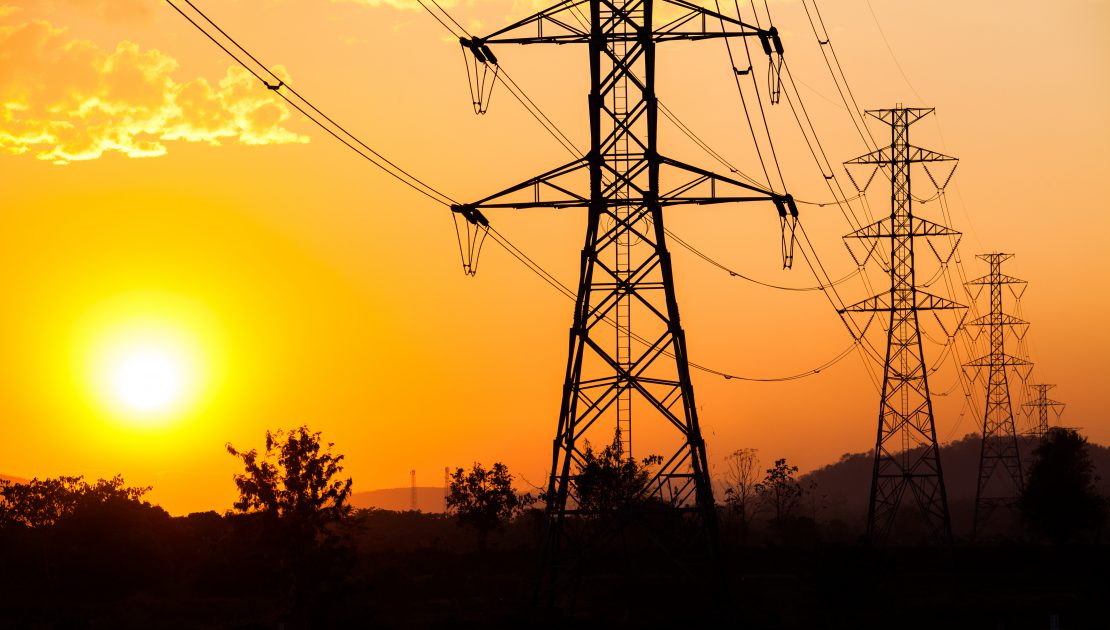Businesses/ consumers will be placed into one of several bands, depending on their site size. The band determines how much you will pay for TNUoS and DUoS costs.
For metered supply with no set capacity, these charging bands will be based on Net Volumes of energy consumption. For those with half-hourly meters, the cost will depend on the agreed capacity and voltage level. Costs will also vary per region.
If your contract starts/ re-news from April 2022 there will be no additional residual costs in your quote (unless your supplier has miscalculated or if you manipulated the Triad System). However, If your contract start date is between May 2021 and March 2022, your quote should include some of the old winter charges, and some of the new monthly charges. So, some customers may see a higher quote than normal.
The closer your contract renewal date is to October 2021 the more your quote will be impacted, but this will only be a one-off adjustment. All charges should be implemented by 2023.
Some suppliers may still be building the residual cost into the unit rate, rather than just the standing charge. That may mean you get a less accurately priced quote. The issue is, if they haven’t charged you enough, they could ask you to pay more later.



